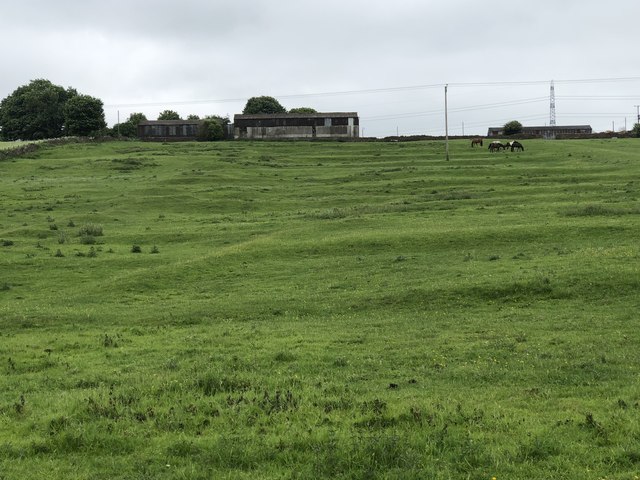Topics > County Durham > Garmondsway > History of Garmondsway Moor
History of Garmondsway Moor
The township of GARMONDSWAY MOOR must be identified with the 'place called via Garmundi,' from which King Cnut walked barefoot to the shrine of St. Cuthbert. About 1183 the bishop held 4 oxgangs here by purchase and 5 by escheat of Ralph Haget. The first holding was lying waste. Very shortly after the survey of 1183 Bishop Pudsey granted the whole vill as part of the endowment of his hospital for lepers at Sherburn. The brethren and sisters were to pay to Ralph son of Paul of York and his heirs 4 marks a year as an equivalent of service from a third part of the vill. Ralph son of Paul also granted them a charter. In 1204 the master of the hospital released to the rector of Middleham all claims on the tithe of Garmondsway. Free warren in the demesne lands of the hospital here and elsewhere was granted by Bishop Fordham in 1384. In 1580 Ralph Lever, then master, protested against the assessment of Garmondsway as temporal land of the hospital. He described it as ancient demesne of the house, 'always employed with a stocke of cattell for the maintenance thereof,' and was successful in having the assessment altered. The township still forms part of the endowment of the hospital.
A carucate of land in RAISBY (Raceby) was granted with Garmondsway to [Sherburn] hospital by Bishop Pudsey, who had purchased it from Baro, its first cultivator. This land was burdened with a rent-charge of 15s. to the lord of Great Kelloe, 5s. of which were released to the hospital by Alexander de Kellaw in the 13th century.
Extract from: The Victoria history of the county of Durham (1908), Volume 3, by William Page (1861-1934).











